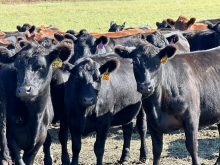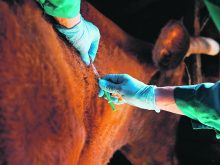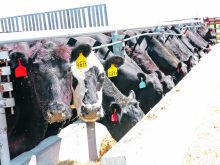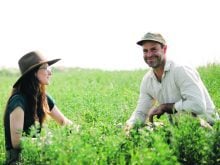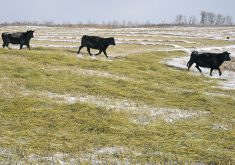Canadian producers and conservationists want to reinforce to the world that grazing livestock is a sustainable part of the food system and the environment.
The United Nations is planning the first Food Systems Summit in 25 years later this fall.
Dialogues to prepare for the summit are going on around the world and the Canadian Cattlemen’s Association and Nature Conservancy of Canada recently hosted a series of their own in advance of formulating a formal submission.
Lauren Martin, CCA’s government and food industry relations manager, said the current pressure on the meat industry demanded a response.
Read Also
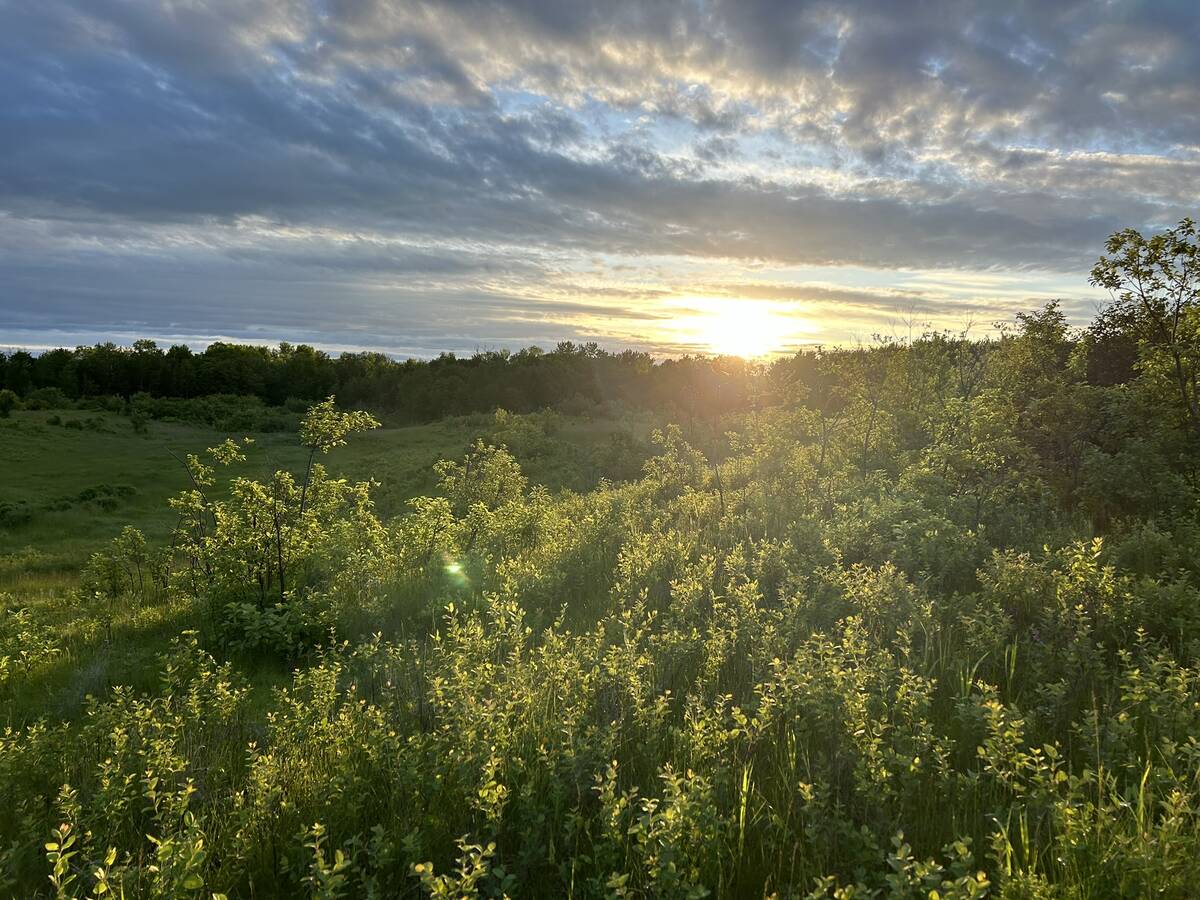
Manitoba farm group named finalist for national water innovation award
The Manitoba Forage and Grassland Association’s Aquanty Project for local hydrological modelling has earned them one of three finalist spots for a national award from Water Canada.
“CCA wanted to get involved … because one of the policy outcomes that we hear (is) being recommended (is) to reduce the consumption of red meat, particularly in developed countries,” she said. “Obviously we find that problematic but we also strongly believe it’s the wrong outcome for people and the planet.”
She said the global policy conversation is centred on the notion that the food system must be improved. While improving sustainability and decreasing food insecurity are good goals, Martin said the contribution of grazing livestock can’t be forgotten in this large discussion.
The CCA/NCC dialogues included more than 100 stakeholders ranging from other grazing sectors such as bison and sheep, to academia to government.
Tom Lynch-Staunton, Alberta region vice-president of NCC, said there are many negative perceptions about raising beef, in particular, when it comes to discussions of losing grassland.
“There is room for livestock in a global food system,” he said. “But it’s about understanding the right balance of having livestock, vegetables, grains, etc. intermixed within that food system and then working on it all together to find the most efficient or optimal land use with whichever food you’re trying to produce.
“On the Canadian Prairies, raising livestock is probably the best agricultural use of that land.”
Consumers need to know that raising livestock is compatible with the goals of conservation organizations like NCC, said Lynch-Staunton. It also complements cultivated crop production by using crop residue and providing nutrients.
The message to the UN will be similar.
During one of the dialogues, an Ontario farmer who has an orchard told of how raising sheep to eat the grass growing under the trees provided fertilizer and eliminated the need for herbicide.
“I think those types of integrated systems are an opportunity for systems around the world to take advantage of,” he said.
Each country is holding dialogues but Martin said the conversation is going to become so large and the viewpoints so many that “we chose to make our own and brand our own and then shout our own from the rooftops wherever we can.”
She said the intention is not to vilify plant protein but rather to highlight meat protein’s role in a nutritious diet and food security by showing the world how collaboration works.
“There is no one-size-fits-all to fixing the food system and in order to feed a healthy planet, in order to be food secure, we need all sorts of systems to do better,” she said.







